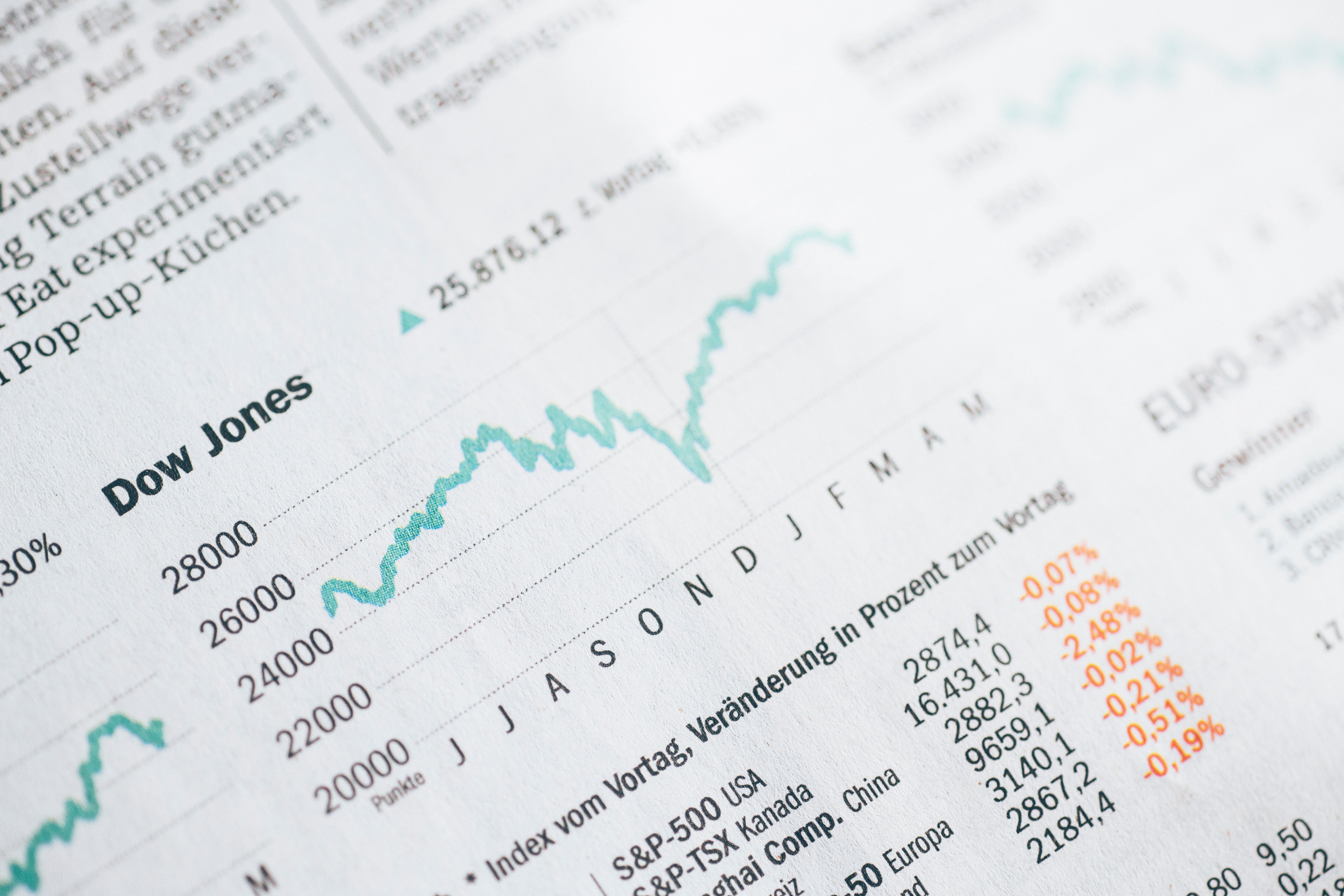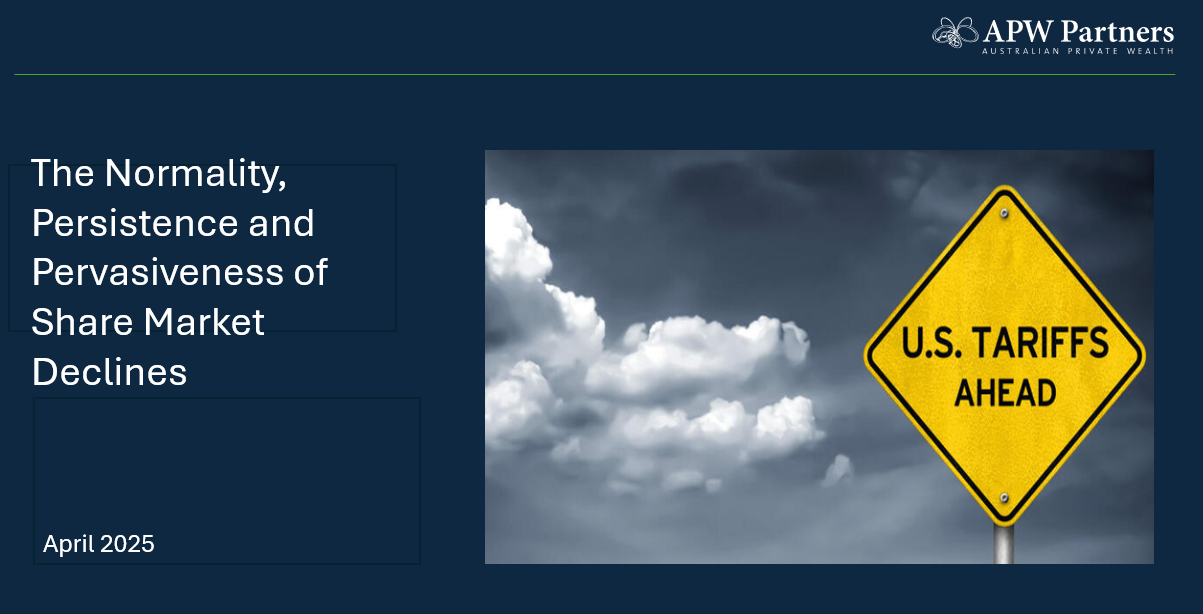Timing isn’t everything

It’s fairly common for the share market to be raised as a topic of conversation at barbeques or other social gatherings of family or friends, especially for us as advisers.
In the past, questions tended to focus on ‘what stocks to buy’. Of note in more recent times however has been a shift towards greater global awareness, in particular a greater interest in the state of the US Sharemarket and the perception / implication of all time market high prices.
Whenever question about the future arise, there is an innate almost instinctive reaction to want to know whether it is or isn’t the right time to be invested, or whether the next downturn is around the corner. Such thoughts tempt even the most disciplined, long-term investors. The reality of successfully timing markets, however, isn’t as straightforward as it may seem.

Outguessing Markets is Difficult
Attempting to buy individual companies or make tactical changes at exactly the “right” time presents investors with substantial challenges.
First and foremost, markets are
fiercely competitive and adept at processing information.
During 2018 alone, a daily average of USD $462.8 billion in equity trading took
place around the world.¹ The combined effect of all this buying and
selling is that available information, from economic data to investor
preferences, is quickly incorporated into market prices. Trying to time the
market based on an article from this morning’s newspaper or a segment from
financial television? It’s likely that information already reflected in prices
by the time an investor can react to it.
Dimensional Fund Advisors
recently studied the performance of actively managed US-based mutual funds and
found that even professional investors have difficulty beating the market
Over the last 20 years, 77% of equity funds and 92% of fixed income funds
failed to survive and outperform their benchmarks after costs.²
Further complicating matters, for investors to have a shot at successfully timing the market, they must make the call to buy or sell correctly not just once, but twice.
Professor Robert Merton (1990 Nobel laureate for Economics), said it well in a recent interview with Dimensional: “Timing markets is the dream of everybody. Suppose I could verify that I had a 70% success rate in calling market turns. That’s pretty good; you’d hire me right away. But to be a good market timer, you’ve got to do it twice. What if the chances of me getting it right were independent each time? They’re not. But if they were, that’s 70% times 70%. That’s less than 50%. So, market timing is horribly difficult to do.”
Time and the Market
Consider the US S&P 500 Index (top 500 companies in the US), which achieved an incredible 13.2%pa return (including dividends) for the past decade to the end of September 2019 (in USD), rising from the ashes of the bottom of the Global Financial Crisis in 2009.
A reasonable question to ask is should this result – impact an investor’s allocation to US shares? Let’s look at Exhibit 1 below. This chart indicates that new market highs tend to be followed by periods of continued positive returns, rather than being a signal of negative returns to come. As can be seen, the S&P 500 on average, went on to provide positive average annualized returns over one, three, and five years following new market highs.

S&P 500, January 1926-December 2018
Conclusions
Many investors steer clear of share markets for the simple reason that they do not want to engage in speculating, or the need to rely on constantly buying and selling investments.
In fairness, to these investors – they are right to avoid strategies that rely on speculation, market timing and constant turnover in attempt to profit from trading – as such strategies simply do not work and only aid to benefit those that promote them.
Importantly, investors need to
be educated that there are other ways to invest into the sharemarket, without
the need for speculation, market timing or constant trading.
Equally, it must be understood that outguessing broad market indices is more
difficult than many investors might initially think.
While favourable timing is theoretically possible, there isn’t a great deal of supporting evidence that it has been done reliably, even by professional investors.
The good news is that investors don’t need to rely on timing markets to have a good investment experience. Over time, capital markets have rewarded investors who have taken a long-term perspective and remained disciplined in the face of short-term noise. By focusing on the things they can control (like having an appropriate asset allocation, diversification, and managing expenses, turnover, and taxes) investors can better position themselves to make the most of what capital markets have to offer.
Important note – Exhibit 1 is shown in USD. Past performance is no guarantee of future results. New market highs are defined as months ending with the market above all previous levels for the sample period. Annualized compound returns are computed for the relevant time periods subsequent to new market highs and averaged across all new market high observations. There were 1,115 observation months in the sample. January 1990–December 2018: S&P 500 Total Returns Index. S&P data © 2019 S&P Dow Jones Indices LLC, a division of S&P Global. All rights reserved. January 1926–December 1989; S&P 500 Total Return Index, Stocks, Bonds, Bills and Inflation Yearbook™, Ibbotson Associates, Chicago. For illustrative purposes only. Index is not available for direct investment; therefore, its performance does not reflect the expenses associated with the management of an actual portfolio. There is always a risk that an investor may lose money. 1. In USD . Source: Dimensional, using data from Bloomberg LP. Includes primary and secondary exchange trading volume globally for equities. ETFs and funds are excluded. Daily averages were computed by calculating the trading volume of each stock daily as the closing price multiplied by shares traded that day. All such trading volume is summed up and divided by 252 as an approximate number of annual trading days. 2. Past performance is no guarantee of future results. US-domiciled open-end mutual fund data is from Morningstar. The sample includes funds at the beginning of the 20-year period ending December 31, 2018. For further details, see the Mutual Fund Landscape 2019. Source: Dimensional Fund Advisors LP. Indices are not available for direct investment. Their performance does not reflect the expenses associated with the management of an actual portfolio. Past performance is not a guarantee of future results. Diversification does not eliminate the risk of market loss. There is no guarantee investment strategies will be successful. Investing involves risks, including possible loss of principal. Investors should talk to their financial advisor prior to making any investment decision. There is always the risk that an investor may lose money. A long-term investment approach cannot guarantee a profit. All expressions of opinion are subject to change. This article is distributed for informational purposes, and it is not to be construed as an offer, solicitation, recommendation, or endorsement of any particular security, products, or services. Robert Merton provides consulting services to Dimensional Fund Advisors LP.


